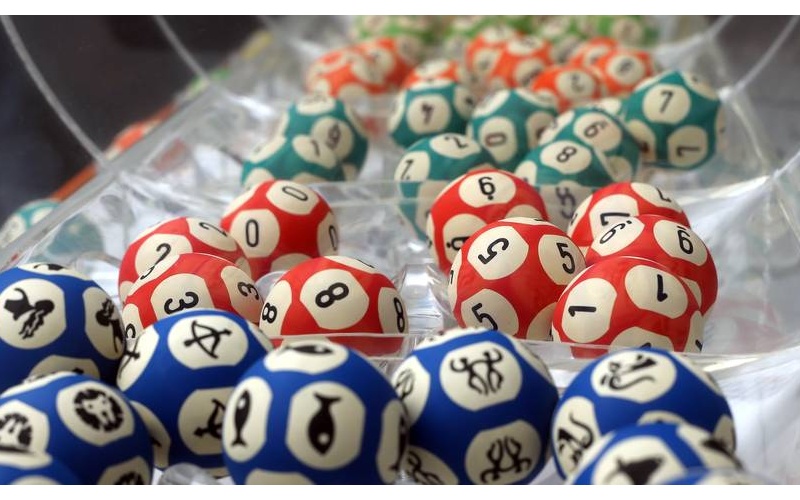
The National Lottery – Touchpoint Survey
The National Lottery had to deal with a significant change in consumer behaviour. Sales of magazines and dailies have been declining for years leading to reduced traffic at booksellers. This sales channel is still the most important one in terms of volume.

Emailing is the most powerful owned media.
Objectives
The National Lottery invests on average over €30 million gross annually (source: Nielsen) to maintain dozens of brands, including its three leading games: Win for Life, the omnipresent Lotto and EuroMillions, famous for its “scandalously high” prizes. Note that the latter was reworked in depth at the end of 2016.
These three games alone account for 65% of annual marketing investment and use approximately 25 paid & owned touchpoints per campaign, primarily television, radio, digital channels and displays, as well as emailing campaigns, event sponsoring, special promotions, etc., many different tools which must come alive and interact.
This approach, which was already very advanced, was still lacking validation by our prediction models, obtained via Matrix. We worked on a legitimate request from the customer using this approach, i.e. to obtain a single measurement that would enable a comparison of the effectiveness of any given touchpoint within the overall media mix.
Our goal was to build tailored measurement of multi-touchpoint effectiveness to create new benchmarks and determine exactly which touchpoints (on-line and off-line) were most effective for each marketing task and for the National Lottery’s targets. That is, well beyond socio-demographics. This meant targets like Heavy, Medium and Light players of a given game.
Strategy & solution
This new KPI was built using the following elements:
1. Reach effectiveness
What are the best touchpoints to use for coverage, incremental coverage and which ones help to repeat the message?
Owned vs Paid / Digital vs Offline / incremental online video / FB video vs YouTube video, etc.
2. Campaign objectives achieved or not?
Raise awareness, explain, captivate, drive to store, build loyalty, etc. Which touchpoints specific to each campaign perform best with respect to the marketing tasks set at briefing time?
3. Budget effectiveness
With respect to the ability to reach a maximum number of people and transmit the right marketing tasks to the target(s), it is important to be able to weight for the cost involved to achieve the goals.
To obtain this new indicator, we surveyed (CAWI) 4 X 1,500 people representative of the Belgian population on a minimum of 25 touchpoints (maximum 35) after each wave:
Wave 1- EuroMillions from 05/07 to 18/07/17
Wave 2 – Lotto from 12/10 to 26/10/2017
Wave 3 – Win for Life from 18/10 to 02/11/2017
Wave 4 – Year-end Lotto
Each wave included two very simple main questions:
• What did the people surveyed remember (reach);
• What was the impact of the message (assessed on 14 communication tasks);
BUT asked by touchpoint used.
Results
Thanks to this approach integrated in the overall process, the measurements enabled us to assess our forecasts and enrich many theoretical observations through tailoring and contribute the discoveries made.
A few observations about the approach:
- The contribution of online video was validated at the incremental level. It varies based on the target AND enriches the media mix because the communication objectives are not the same as those for TV (with the same equipment).
- The owned touchpoints reach about two people out of five. Reach is doubled by adding the paid touchpoints (about 8 people out of 10).
- TV is the most powerful paid media.
- Emailing is the most powerful owned media.
- The absence of TV can be virtually offset by a good radio plan, HOWEVER, radio is also the most complementary medium for TV when building coverage. Display advertising does the repetition work.
- On average, the target will come into contact with four touchpoints, two paid and two owned. Fewer than one person in five is in contact with a single touchpoint (especially single TV users).
- Display advertising is a good POS sales activator.
- Digital was a good driver for POS, education/image is done by TV and radio, but radio is more of a call to action.
- TV is most effective at generating reach at the lowest cost when brand awareness is the objective, followed closely by online video.
- If we change our objective (drive to store), displayed advertising becomes a good touchpoint (cost versus reach versus communication task). When there are several objectives, radio and bannering climb in the rankings.
- …
